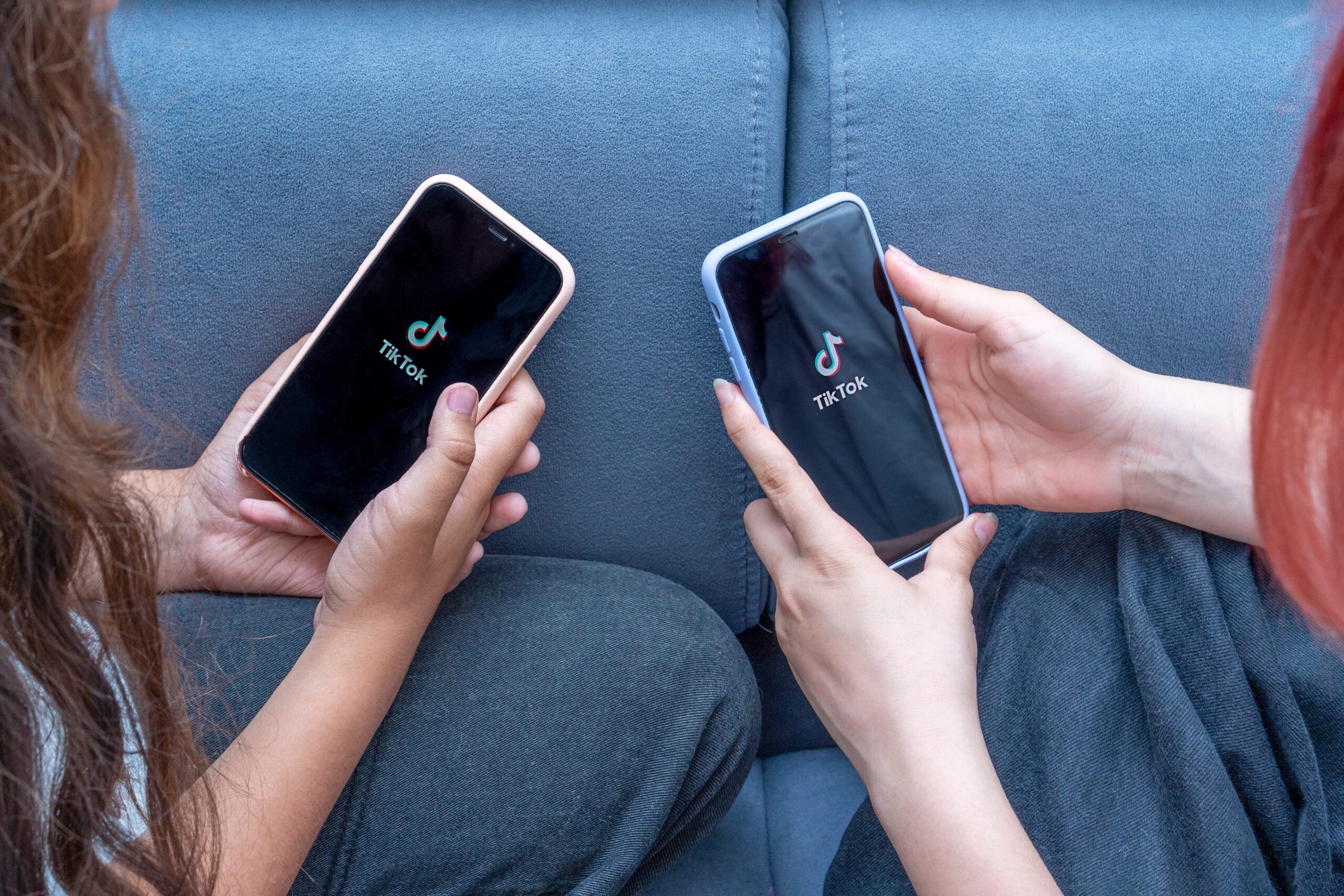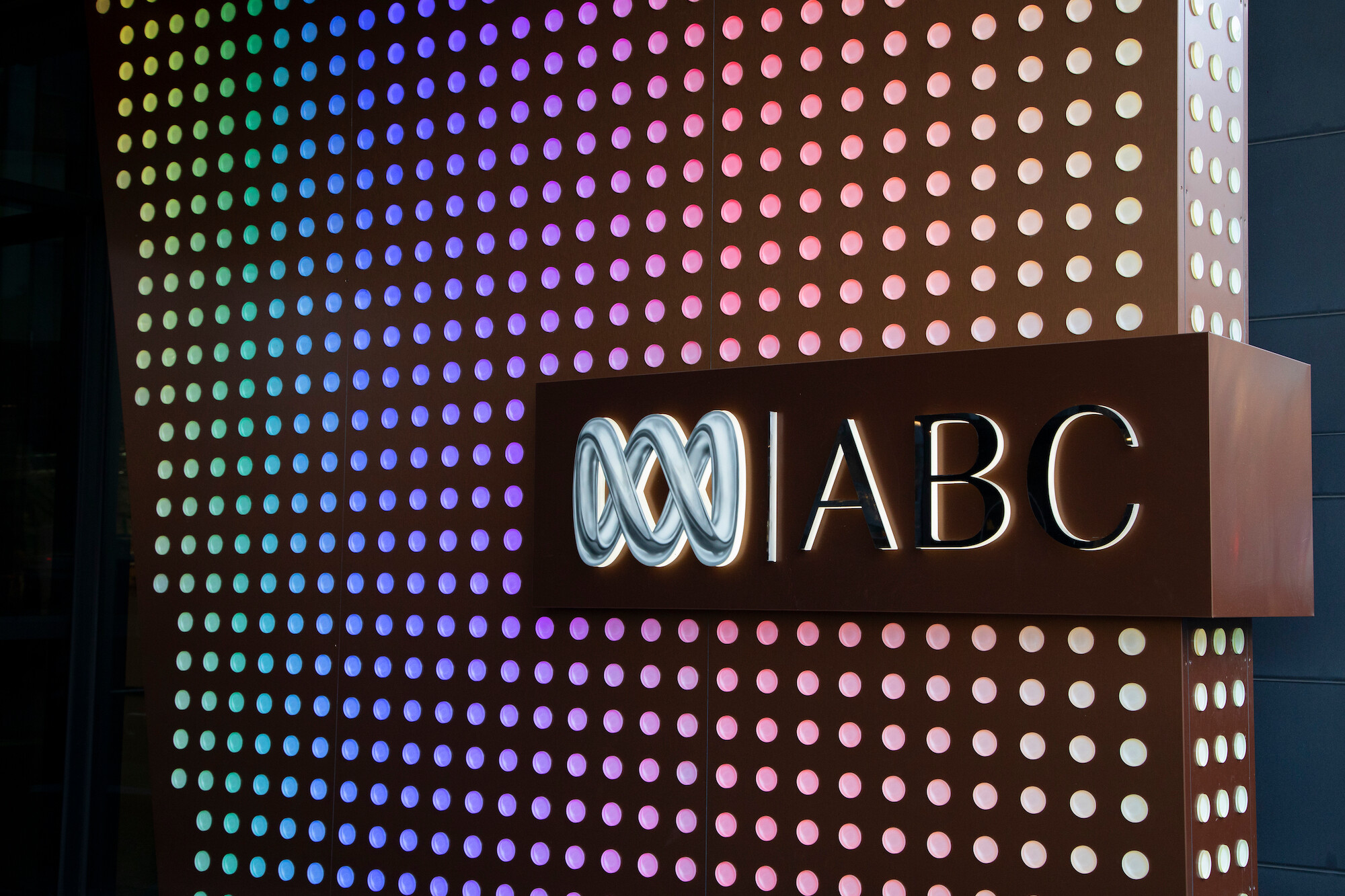INSIGHT
How Western Balkans public media empowered youth to tell fake from fact
2nd April 2025
An innovative project in the Western Balkans saw content creators collaborate with public media organisations, as a way of addressing mis- and disinformation, and engaging young audiences.

Founded in November 2000, the Eurovision News Exchange for Southeast Europe (ERNO) is a vital platform for collaboration among 11 Public Service Media (PSM) organisations in the Southeast Europe. With the Coordination Office based in Sarajevo, Bosnia and Herzegovina, ERNO was established to enable regional news desks to share content, rebuild cooperation after conflicts, and support media development in the region.
In 2024, ERNO implemented the innovative media project “Empowering Youth to Tell Fake from Fact with the Help of WB Public Service Media”, connecting 6 Western Balkans Public Service Media organisations with 18 young media creators across the region.
By Dr Željka Lekić-Subašić, Head of ERNO Office
The spread of disinformation and misinformation is a major challenge today, as digital platforms allow false and accurate information to circulate rapidly and compete for attention. In the Western Balkans, this problem is further compounded by historical tensions, political influences, and fragmented media landscapes. It was with these challenges in mind that we launched the project “Empowering Youth to Tell Fake from Fact with the Help of WB Public Service Media”—an initiative designed to strengthen media literacy amongst young people, while simultaneously bridging the gap between traditional public service media and Gen Z audiences.
Read more: How the ABC is working with content creators
How the Project Came About
The idea for this project was born out of a convergence of three urgent needs: addressing mis- and disinformation, engaging young people in media production, and revitalising public service media (PSM) platforms for a digital-savvy audience. At the ERNO (Eurovision News Exchange for Southeast Europe) Office in Sarajevo, we constantly look for ways to create regional projects that bring together public broadcasters in meaningful collaborations. When UNESCO’s “Culture and Creativity for the Western Balkans” project—funded by the EU—opened calls for proposals, we saw an opportunity to merge these ideas into a structured initiative.
Our goal was clear: to empower young content creators with the skills, knowledge, and resources to produce engaging, fact-checked video stories. By embedding them within PSM youth editorial teams, we would not only provide this training to the creators, but simultaneously enrich broadcasters with fresh, digital-first storytelling approaches.
Listen to PMA’s podcast on content creators:
Addressing the Problem: Why It Mattered
Young people today consume most of their news and entertainment through social media. Traditional broadcasters have struggled to keep up, leading to a disconnect between PSM and their next-generation audiences. Meanwhile, social platforms—while powerful—are rife with misinformation, conspiracy theories, and manipulative narratives.
The FAKE FROM FACT project sought to tackle this dual challenge by:
- Enhancing media literacy among young people by creating engaging, fact-based content.
- Bringing youth-driven storytelling into PSM environments to rejuvenate their digital offerings.
By giving young creators the tools to verify information and tell stories compellingly, we were also helping foster a generation of responsible media consumers.
How It Worked in Practice
The project spanned twelve months, with 18 young video creators (aged 18–25) selected from across the region. These talented individuals got a chance for a six-month paid work placement and collaboration with the public service media organisation in their respective countries. Their mission? To create 72 short video stories by the end of 2024, addressing various issues related to media literacy, but also other topics relevant for young audience.
The stories were set to be published across the social media platforms of six public service media organisations from the Western Balkans: BHRT (Bosnia and Herzegovina), RTSH (Albania), RTCG (Montenegro), RTS (Serbia), RTK (Kosovo), and MRT (North Macedonia).
Key components of the project included:
- An opening workshop led by media experts, covering fact-checking, digital storytelling, and content verification.
- Mobile phone filming sets provided to all six teams of young media creators.
- Hands-on mentorship with the ERNO Office’s Chief Producer and PSM teams, enabling young creators to collaborate with experienced editors and producers.
- Peer-to-peer learning with opportunities for cross-border exchange of ideas and techniques.
- A unified branding approach for videos, with each story starting with “Did you know that…?” and closing with “We’ve checked it for you!”

Overcoming Challenges
As with any ambitious project, we encountered our share of challenges. Some public broadcasters were initially skeptical about collaborating with young creators. They wondered how these digitally fluent but relatively inexperienced content producers would fit into traditional editorial structures. Yet, as soon as the first batch of videos hit social media and started outperforming expectations—garnering record-breaking engagement—skepticism quickly gave way to enthusiasm. Seeing their platforms gain traction among younger audiences, editorial teams began embracing this fresh energy and new approaches.
Another challenge lay in bridging the generational divide. The young creators were well-versed in digital storytelling and knew how to grab attention on social media, but they needed to learn the fundamental journalistic principles that uphold public service media credibility. On the other hand, seasoned journalists at PSMs had to step outside their comfort zones and adapt to the fast-paced, informal storytelling styles that resonate with Gen Z. This process required patience and mutual learning, but in the end, both sides found common ground—each benefiting from the other’s expertise.
When given the right tools, young people don’t just consume media; they transform it. They create content that is vibrant, responsible, and capable of reaching audiences in ways that traditional journalism often struggles to achieve. Public service media, if willing to adapt and embrace these new voices, can ensure their relevance for generations to come.
Coordination across multiple countries also posed logistical challenges. With participants spread across different countries, ensuring consistency in storytelling standards and content exchange was not an easy task. An additional issue was working, producing and exchanging content made in different regional languages, which was solved by translating all the materials and scripts to English. Regular online meetings, structured communication channels, and a shared editorial framework allowed us to maintain coherence while still celebrating each country’s unique storytelling traditions. This regional collaboration, which is the core of ERNO network’s operations, became one of the project’s biggest strengths, reinforcing the idea that media literacy and responsible content creation are challenges best tackled together.
Lessons Learned
This project reaffirmed that young people are not just passive media consumers—they are eager to create, share, and shape narratives. However, to fully realise their potential, they need both guidance and institutional support. It also demonstrated that social media is not a threat but an opportunity for public broadcasters. By combining the credibility of traditional media with the reach and interactivity of digital platforms, broadcasters can build stronger connections with younger audiences. Most importantly, the project highlighted that fact-checking must be engaging to be effective. Overly academic or lecture-style methods of media literacy—the kind that rely on dense texts, rigid rules, or one-way instruction—often fail to resonate with younger audiences. Such dry, didactic approaches can feel disconnected from the fast-paced, visually driven way young people consume content today. In contrast, dynamic, relatable storytelling, especially when paired with interactive elements like multimedia, humour, and real-world examples, is far more effective in capturing attention and fostering critical thinking.

The Impact: Results That Matter
The response to FAKE FROM FACT has been overwhelming. The first batch of six videos, released in June 2024, achieved 166,000 views, 4,400 likes, and 100 comments within the first week alone. By the project’s conclusion, the 72 video stories had reached millions across the Western Balkans.
Beyond the numbers, this initiative created lasting value by strengthening collaboration between PSM and young creators, raising awareness of media literacy issues among young audiences, and fostering regional exchange and cooperation through shared content.
What’s Next?
While the project has officially concluded, the journey doesn’t end here. We see enormous potential in scaling up this model:
- Expanding the program – More young creators, more PSM partners, and more cross-border content exchange.
- Integrating into regular PSM workflows – Encouraging PSMs to sustain collaborations with the young creators beyond the project’s timeline.
- Creating follow-up initiatives – Future projects could delve deeper into AI-powered fact-checking, interactive media literacy campaigns, and regional storytelling competitions.
Final Thoughts
As a media professional, I have always believed in the power of storytelling to shape perceptions, challenge narratives, and empower communities. This project reaffirmed that belief.
When given the right tools, young people don’t just consume media; they transform it. They create content that is vibrant, responsible, and capable of reaching audiences in ways that traditional journalism often struggles to achieve. Public service media, if willing to adapt and embrace these new voices, can ensure their relevance for generations to come.
FAKE FROM FACT was not just a project—it was a proof of concept that young creators can drive meaningful change in the media landscape. Now, it’s up to all of us in the industry to build on this momentum and ensure that the truth has the loudest voice in the digital world.
Other examples of collaboration between public media and content creators:
Belgium: Creator Elio Acar pairs up with RTBF News
France: Content creator Hugo Décrypte hosting an interview show on France Télévisions
UK: Content Creator programme run by the BBC
US: Podcast training programme by PBS for kids content creators
Other: News organisations are starting to embrace creator-model journalists (CJR)

About the author

Dr Željka Lekić-Subašić is the Head of the Eurovision News Exchange for Southeast Europe (ERNO).
Related Posts
27th March 2025
Streaming Public Service Television in the Age of Platforms
A comparative analysis of Video on…
27th March 2025
Young European audience habits and what it means for public media
A new study explores the viewing habits…


